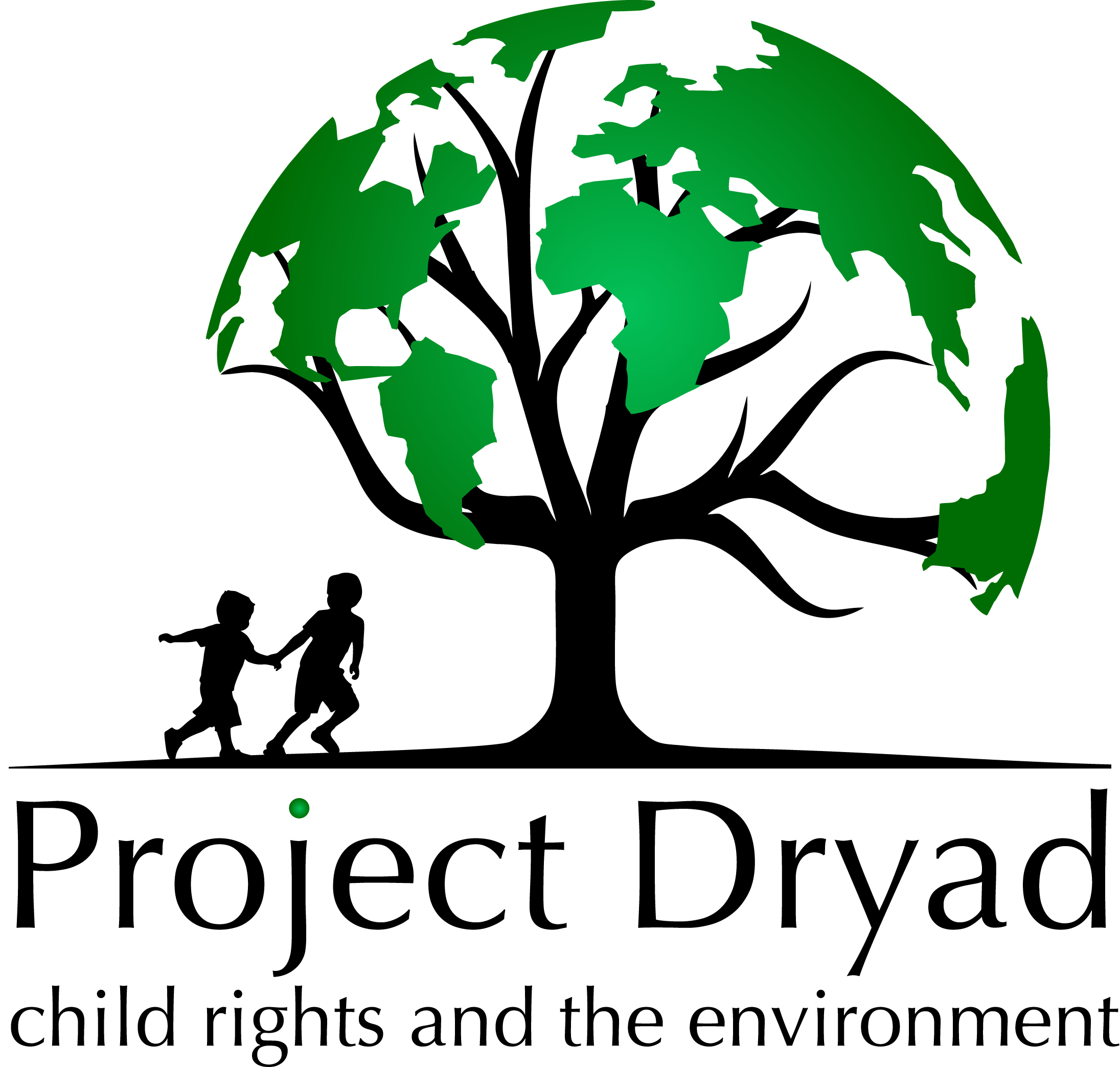UNICEF: Are climate change policies child-sensitive?
UNICEF launches new analysis and guidance for action prepared by Project Dryad on climate policies around the world and whether these are child-sensitive (short answer: no).
According to the new research, Are Climate Policies Child-Sensitive? A Guide for Action: Summary, just 42 per cent of all Nationally Determined Contributions (NDCs) - the national climate plans at the heart of the Paris Agreement - contain a direct reference to children or youth. When looking for references to children alone, this drops to just 20 per cent of policies.
The picture is better with respect to countries’ National Adaptation Plans (NAPs), with 11 of 13 explicitly referring to children or youth. However, much more work is required to ensure that children are viewed as rights-holders and stakeholders, rather than simply as a vulnerable group.
Four key principles are identified for child-sensitive climate policy-making:
Ambitious and urgent: Ambitious mitigation and adaptation measures that protect the rights and best interests of the child from harm caused by climate change.
Rights-based: Explicit and meaningful references to children and youth, considering them as rights-holders and important stakeholders.
Holistic and multi-sectoral: Address children’s specific risks and vulnerabilities through specific and cross-cutting sector interventions.
Inclusive: Informed by, and provide for, the systematic consultation and meaningful participation of all children, including children of different ages, gender and social backgrounds, at every step of the climate policy-making process and at all levels.
The summary was launched during COP25 in Madrid, Spain, and will inform UNICEF and other key actors’ advocacy towards governments throughout 2020 as countries move to update and develop their NDCs and NAPs. The full report will be released in early 2020.
A lack of guidance, tools and sustained advocacy for child-sensitive climate policy-making has contributed to children being left out of climate policy. But as political attention to the demands and voices of children and youth increases, there is an opportunity — and indeed a moral and legal obligation — for decision-makers to address this glaring gap. The key principles and approaches identified in this paper can inform decision-makers and other key actors involved in climate policy processes on the steps required, contributing to urgent efforts to tackle the climate crisis and ensuring that no child is left behind.
